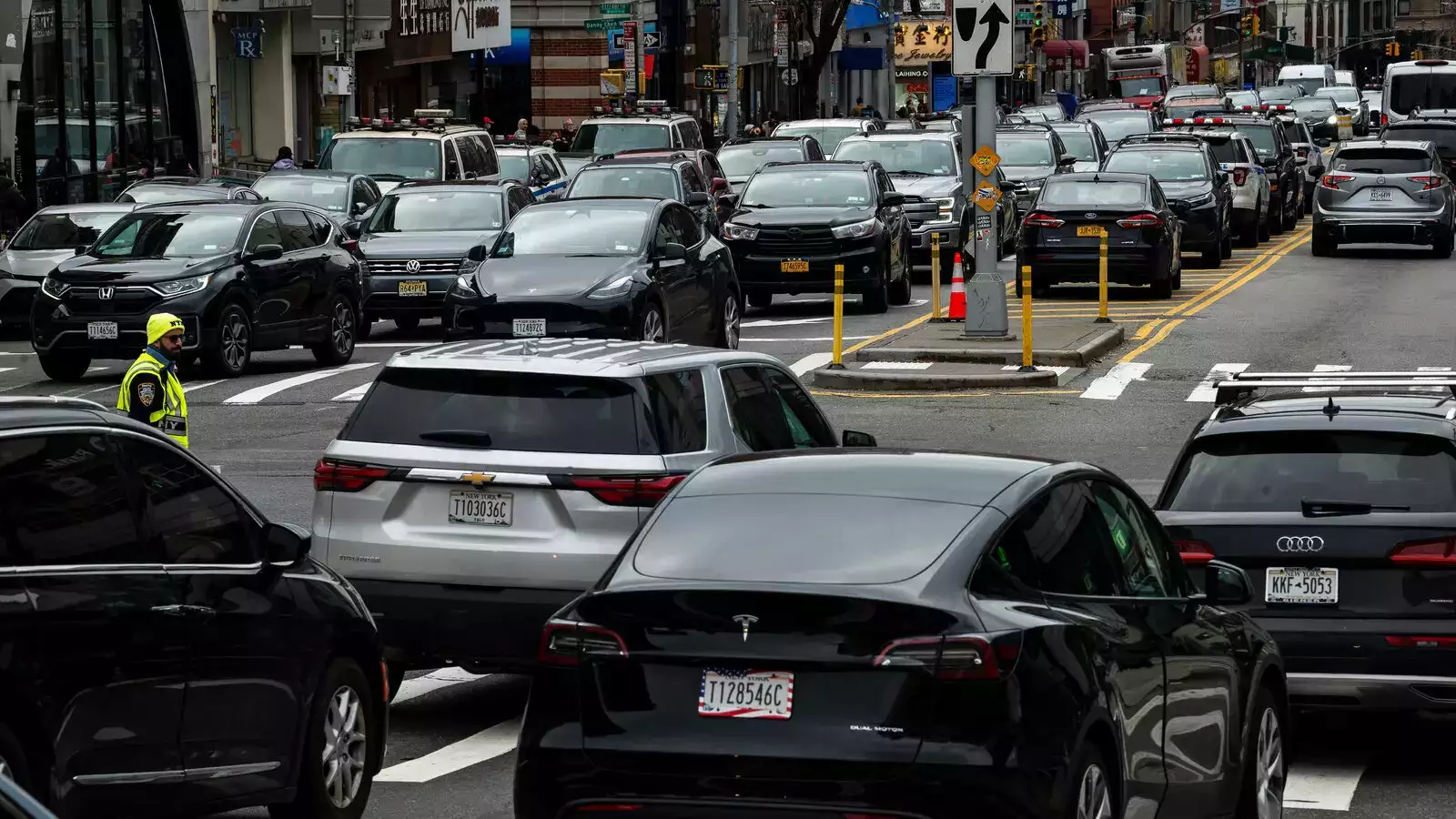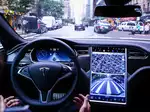New York City congestion program collected USD 48.6 million in January

The Metropolitan Transportation Authority (MTA) said on Monday that in January the program reduced congestion and raised USD 48.6 million with USD 11.1 million in expenses and net operating revenue of USD 37.5 million. New York Governor Kathy Hochul met with President Donald Trump on Friday to make the case for the congestion pricing program.
Under the program, which launched on January 5, most passenger vehicles are charged USD 9 during peak periods to enter Manhattan south of 60th Street. Trucks and buses pay up to USD 21.60. The fee is reduced by 75% at night.
The MTA, which has issued USD 900 million in debt for the congestion system infrastructure costs and capital projects, projected Monday it is on track to raise USD 500 million in net revenue the first year, noting it only collected revenue for 27 days in January.
In total, 68% of revenue came from passenger vehicles, 22% taxis and ride share vehicles, 9% from trucks and 1% motorcycles and buses.
The MTA sued last week seeking to block Trump's effort to terminate the program.
Hochul has said that funds raised from the program would underpin USD 15 billion in debt financing for mass transit capital improvements.
The program was approved in the final months of former President Joe Biden's administration.
Charged via electronic license plate readers, private cars pay once a day regardless of how many trips they make into the central business district.
A few other cities have implemented congestion pricing systems. London, which began its system in 2003, now charges 15 pounds (USD 18.70). Singapore and Sweden also have congestion pricing plans.
Before the fee, New York said more than 700,000 vehicles entered the Manhattan central business district daily, slowing traffic to around 7 miles per hour (11 kph) on average, which is 23% slower than in 2010.

